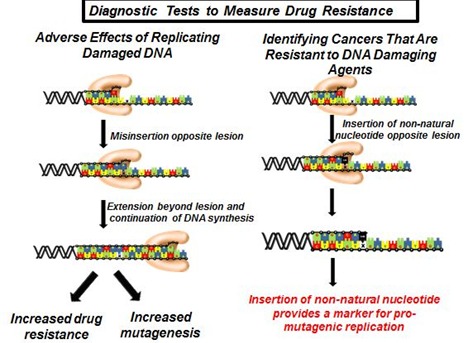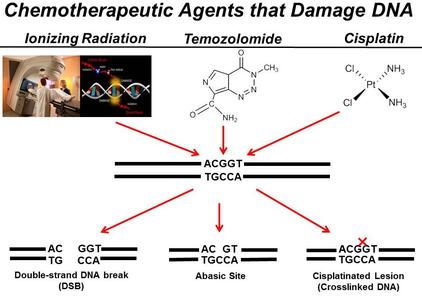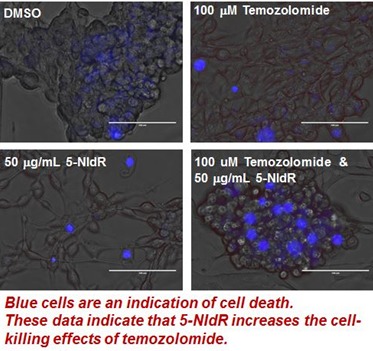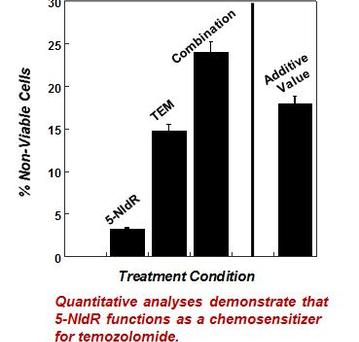Chemo Sensitizer
Chemotherapeutic agents that compromise the integrity of nucleic acid are important components in modern medical efforts to combat hyperproliferative diseases, such as cancer and autoimmune dysfunctions as well as viral and microbial infections. Many compounds, such as BCNU, cyclophosphamide, and cisplatin are effective chemotherapeutic agents because they significantly modify nucleic acid and inhibit DNA synthesis and/or DNA repair to prevent cellular proliferation. However, the widespread use of these agents is limited by two major complications. First, they are non‑selective DNA damaging agents. Second, these agents induce lesions that if inappropriately replicated can cause further mutagenic events to potentiate oncogenesis. Translesion DNA synthesis also represents a possible route for the initiation of drug resistance, genetic variations associated with solid tumors, and the development of secondary cancers.
Invention
 The present invention relates to agents that are selective inhibitors of translesion DNA replication. The agents comprise selective nucleoside analogs that have enhanced binding affinity and faster polymerization to abasic sites on mutagenic DNA than natural nucleosides. The agents in accordance with the present invention can target and inhibit pro-mutagenic DNA synthesis, a leading culprit in disease development as well as in the development of drug resistance. The agents in accordance with the present invention can comprise a nucleoside analog that is selectively inserted opposite an abasic site of damaged or mutagenic DNA. The therapeutic agent behaves as a chain terminator once inserted and is poorly incorporated into unmodified (i.e., natural) DNA.
The present invention relates to agents that are selective inhibitors of translesion DNA replication. The agents comprise selective nucleoside analogs that have enhanced binding affinity and faster polymerization to abasic sites on mutagenic DNA than natural nucleosides. The agents in accordance with the present invention can target and inhibit pro-mutagenic DNA synthesis, a leading culprit in disease development as well as in the development of drug resistance. The agents in accordance with the present invention can comprise a nucleoside analog that is selectively inserted opposite an abasic site of damaged or mutagenic DNA. The therapeutic agent behaves as a chain terminator once inserted and is poorly incorporated into unmodified (i.e., natural) DNA.

Method of Use
Used in combination with currently used chemotherapeutic agents such as cisplatin, chlorambucil, temozolomide, and carmustine. Method of administration would be intravenous.
Status of Development
Analogs are undergoing pre-clinical testing using xenograft mice
bearing tumors derived from human cancer cell lines.
Cell Based Work

